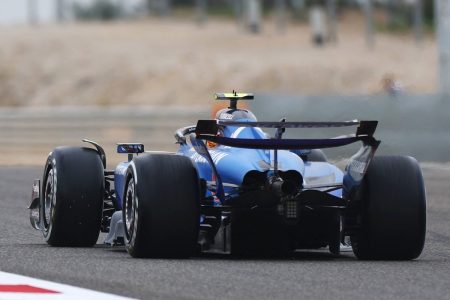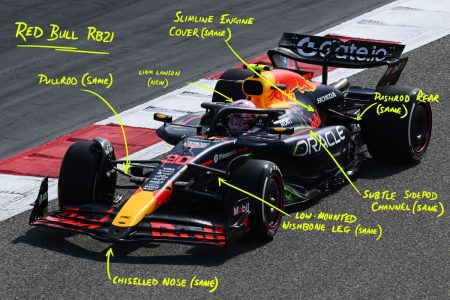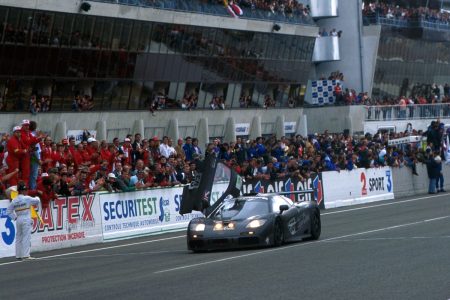Acosta’s Tough Thailand Grand Prix: A Lesson in Tyre Management
Pedro Acosta’s performance at the Thailand Grand Prix was marred by a frustrating and unexpected crash, which left him visibly upset and questioning the issues with his KTM RC16. The 20-year-old rider, known for his aggressive and skillful riding style, was on track to secure a top 10 finish at the Buriram circuit until he encountered a sudden loss of rear tyre load on the fourth lap. Acosta, who remounted and finished the race in 19th place, was following the factory Aprilia of Marco Bezzecchi when the rear of his bike began to unload, causing him to lose control and crash.
The Technical Woes of Unloading
The concept of tyre unloading is a critical aspect of motorcycle racing, particularly in MotoGP. It refers to the physical forces acting on the tyre during cornering, braking, and acceleration, where the tyre temporarily loses its grip and load. For Acosta, the rear unloading issue was particularly concerning, as it seemed to be more prevalent on the 2025-spec KTM compared to its predecessor. The young Spaniard explained that the only way to mitigate the problem was to brake more gently before entering corners, but this approach significantly impacted his lap times. Acosta’s frustration was palpable as he felt that the issue was holding him back from performing at his best.
Data Collection and Race Strategy
Despite the crash, Acosta decided to remount and continue the race. His primary goal was to gather as much data as possible on the RC16 to help his team understand the root of the tyre unloading issue. He noted that the pace of his bike was not too far off from the leaders once he settled into the race, but the 40 seconds he lost during the crash were critical. Acosta hoped that the data collected during his race could provide valuable insights into the tyre degradation problem, which had plagued KTM throughout the weekend. "The pace was not bad at all," he said. "I lost 40 seconds when I crashed. I hope they can check something in the data because it was important to see how the tyres were."
Team Performance and Tire Degradation
KTM’s struggles at the Thailand Grand Prix were not limited to Acosta alone. The Austrian manufacturer faced significant tyre longevity issues during testing, and these problems continued into the race weekend. None of the four KTM bikes, including those from the factory squad and the Tech3 satellite team, managed to finish higher than eighth place. Acosta emphasized that the tyre degradation observed on his bike was "not normal" and needed to be addressed. The team’s collective performance highlighted the pressing need to investigate and resolve the tyre-related issues to regain competitiveness in upcoming races.
Acosta’s Determination and Future Focus
Pedro Acosta is a rider with a reputation for not giving up easily. His decision to continue racing after the crash, despite the significant time lost, demonstrated his commitment to his team and his desire to find solutions. Acosta’s determination to gather data and his willingness to go the extra mile to help the team understand the issues is a testament to his professional attitude. As the season progresses, Acosta and his team will be focused on unraveling the mysteries behind the rear unloading and tyre degradation to ensure a better performance at the next Grand Prix.
Reflecting on a Challenging Weekend
Reflecting on the Thailand Grand Prix, Acosta acknowledged the importance of staying in the race to gather detailed information about his bike’s performance. The data collected will be crucial for the engineers to analyze and make necessary adjustments. While the weekend was challenging, Acosta’s proactive approach in seeking answers and his determination to continue racing despite the setback show his resilience and promise as a rising star in MotoGP. The team at Red Bull KTM Factory Racing will undoubtedly be working diligently to address the tyre issues and ensure that Acosta can compete at his best in the upcoming races.











